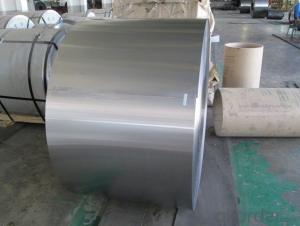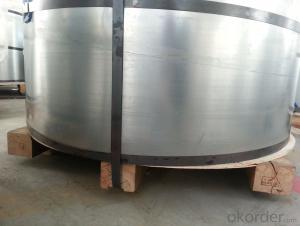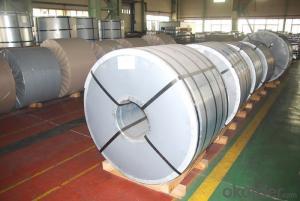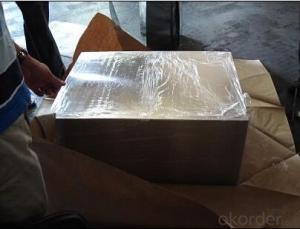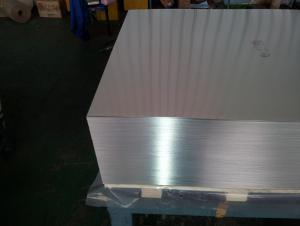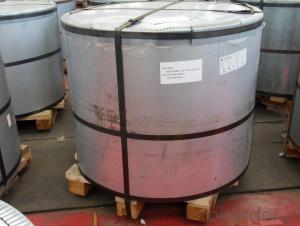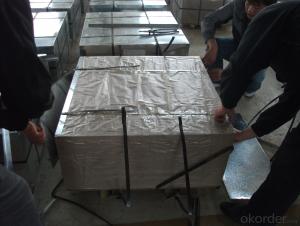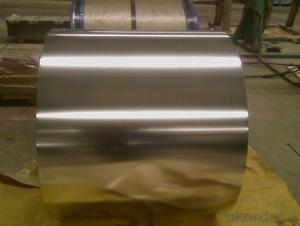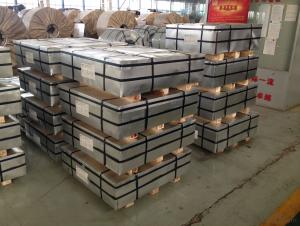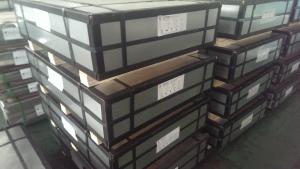Tinplate Pails
Tinplate Pails Related Searches
4 By 8 Plastic Sheets Thin Plastic Sheets Flexible Tinplate Coil Quotes Tinplate Iron Clear Plastic Sheets Hard Plastic Sheets 4X8 Lightweight Plastic Sheets Wavy Plastic Sheets White Plywood Sheets Poly Styrene Foam SheetsHot Searches
Tinplate China Tinplate Stock Price Tata Tinplate Price List Tinplate Price Trend Tinplate Nse Share Price Tinplate Price Chart Tinplate Share Price Nse Tata Tinplate Share Price Tinplate Share Price Today Tinplate Share Price Bse Tinplate Price Tinplate Share Price Tinplate Coil Manufacturers Tinplate Sheet Suppliers Food Mixer Sale Tinplate Factory Tinplate Production Tinplate Products Ltd Tinplate Products Tinplate Can ManufacturersTinplate Pails Supplier & Manufacturer from China
Okorder.com is a professional Tinplate Pails supplier & manufacturer, offers integrated one-stop services including real-time quoting and online cargo tracking. We are funded by CNBM Group, a Fortune 500 enterprise and the largest Tinplate Pails firm in China.Hot Products
FAQ
- Why do tin tins rust easily when they are opened?
- Tin iron loses electrons and gets an electron redox reaction to accelerate the corrosion process
- Tinplate is commonly used in the photography industry for the production of film canisters and film backing, which are essential components for storing and protecting photographic film. Tinplate's durability, lightness, and ability to provide airtight protection make it an ideal material for these applications. Additionally, tinplate can also be used for the production of photographic chemicals and toners, ensuring their safe and efficient storage.
- Some of the main challenges in tinplate manufacturing include ensuring consistent quality and thickness of the tin coating, preventing surface defects and tarnishing, maintaining efficient production rates while minimizing waste and scrap, and complying with environmental regulations regarding the use of tin and the disposal of waste materials. Additionally, the availability and cost of raw materials, as well as competition in the industry, can pose challenges to tinplate manufacturers.
- Yes, tinplate can be used for paint can packaging. Tinplate is a commonly used material for manufacturing paint cans due to its durability, corrosion resistance, and ability to be easily formed into different shapes and sizes.
- The time it takes for tinplate to corrode can vary depending on various factors such as the environment, exposure to moisture, and the presence of corrosive substances. However, tinplate is generally known for its excellent corrosion resistance, and under normal conditions, it can take several years or even decades before significant corrosion occurs.
- Tinplate contributes to the preservation of paint products by providing a protective barrier between the paint and external elements. It prevents corrosion, oxidation, and moisture penetration, ensuring the paint remains in its optimal condition for an extended period of time.
- There are several different ways to seal tinplate cans. Some common methods include double seam sealing, soldering, welding, and adhesive bonding. Each method has its own advantages and suitability based on factors like the type of product being stored, the desired level of sealing integrity, and the production process.
- Tinplate contributes to the reduction of carbon emissions by being a sustainable packaging material that can be recycled and reused multiple times. Unlike other materials, tinplate is highly durable and has a long lifespan, reducing the need for frequent manufacturing and disposal. Additionally, tinplate can be produced using renewable energy sources, further minimizing its carbon footprint.
















